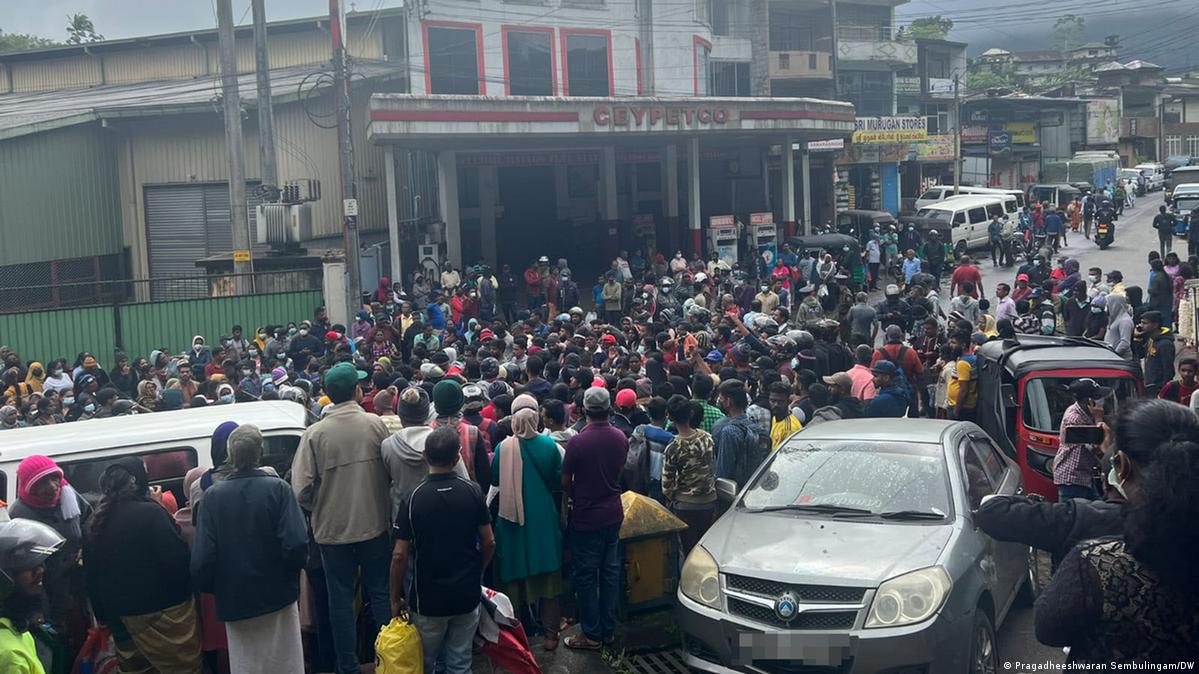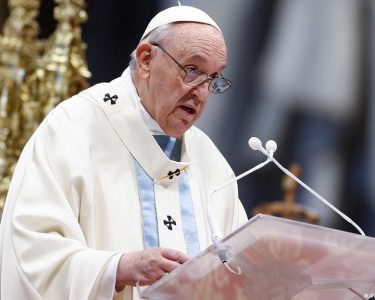BBC Economics editor correspondent Ben Chu has raised many questions in their minds. Can Sri Lanka recover? ver
Sri Lanka is, “bankrupt”. There is no dispute about that. The IMF bailout of $2.9bn (£2.4bn) is yet to materialize and China is on the fence about agreeing to financial restructuring.
There are no signs of the much-talked-about Sri Lanka’s new economic mode or a fundamental overhaul in the socio-political system. There are no signs of the much-talked-about Sri Lanka’s new economic mode or a fundamental overhaul in the socio-political system.
.
The burden of loans is heavy and a realistic payment plan is yet to emerge those who sanctioned loans with little dividend are still center stage in the system. These financial flows pumped up domestic economic growth, but at the cost of ballooning imbalances. The contribution of exports to the economy is shrunk from 39% to 23%.
Sri Lankan trade deficit – the gap between its imports and exports – is around 6% of GDP.
The gap is causing a foreign exchange crisis that creates shortages in the domestic market.
Although there is much talk about an export-oriented economy there is little happening on the ground.
The situation in the tea plantation sector, which is the biggest export commodity owner proves that rapid transformation is needed The ban on chemical fertilizer has lessened tea yields by about one-fifth and currently, the supply of fertilizer supply has improved but not enough to sustain itself in a competitive global market place ‘said agronomist Ranadeva Wijesiri
BBC Economics editor correspondent Ben Chu has raised a question many have in their minds. Can Sri Lanka recover? ver Sri Lanka is, “bankrupt”. There is no dispute that The IMF bailout of $2.9bn (£2.4bn) is yet to materialize and China is on the fence about agreeing to financial restructuring.
There are no signs of the much-talked-about Sri Lanka’s new economic mode or a fundamental overhaul in the socio-political system.
The burden of loans is heavy and a realistic payment plan is yet to emerge and those who sanctioned loans with little dividend are still center stage in the system.
These financial flows pumped up domestic economic growth, but at the cost of ballooning imbalances.
The contribution of exports to the economy is shrunk from 39% to 23%.
Sri Lankan trade deficit – the gap between its imports and exports – is around 6% of GDP.
The gap is causing a foreign exchange crisis that creates shortages in the domestic market.
Although there is much talk about an export-oriented economy there is little happening on the ground.
The situation in the tea plantation sector, which is the biggest export computer anna mage patta modify owner proves that rapid transformation is needed The ban on chemical fertilizer has lessened tea yields by about one-fifth and currently, the supply of fertilizer supply has improved but not enough to sustain itself in a competitive global market place ‘said agronomist Ranadeva Wijesiri.







